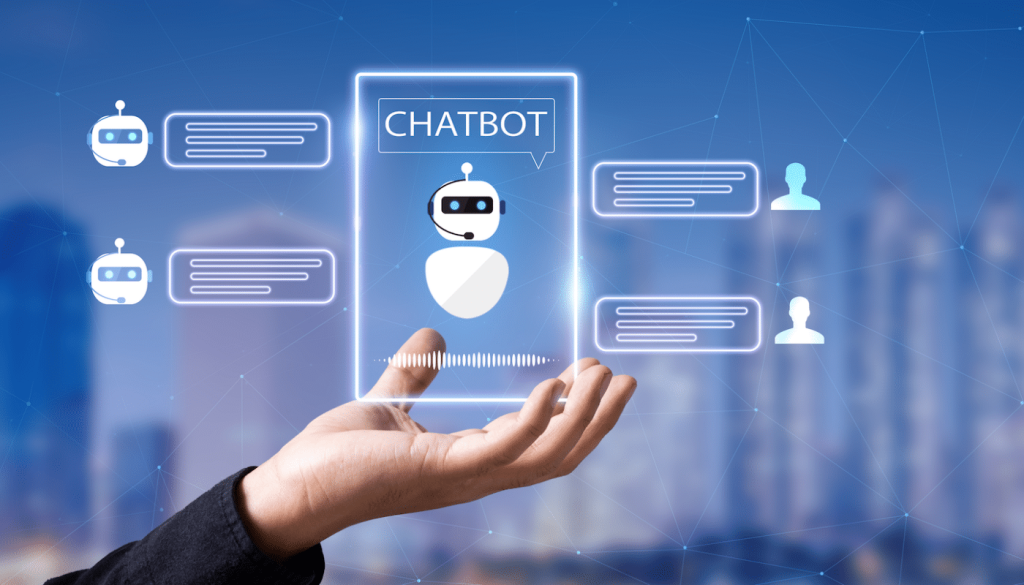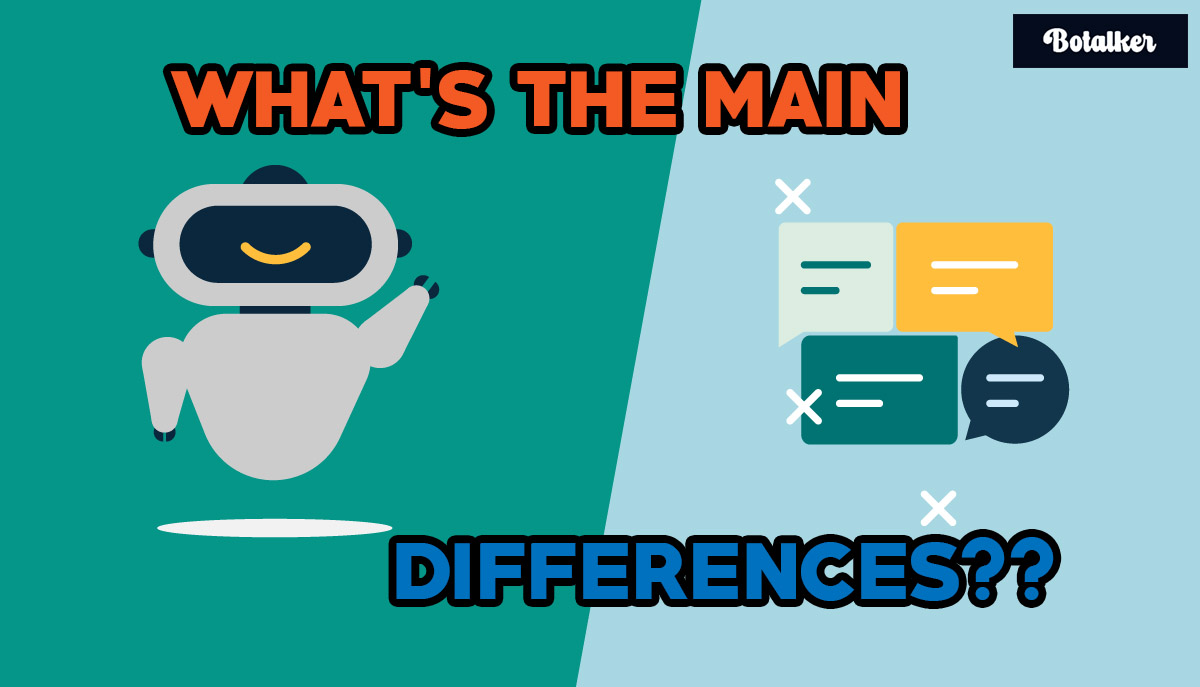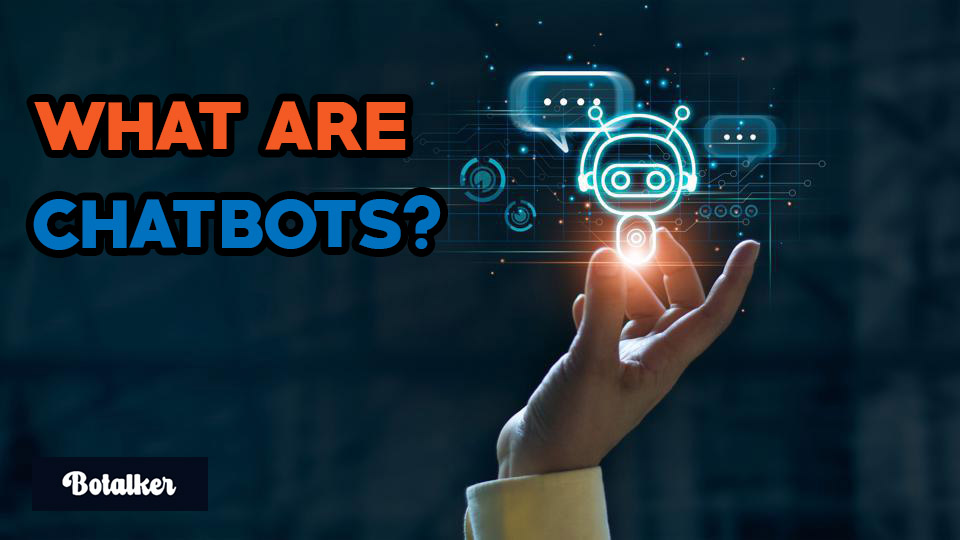What are Chatbots? Do you want to know? If yes, then continue reading! Answering routine questions from customers is a big part of Customer Cares job. However, it would be nice if they could spend less time answering simple questions and more time handling customer issues. Bots are generally a win-win for everyone, since they reduce workloads and wait times. In addition, they can handle complex personalized commands as well as answer basic questions. You can decide whether chatbots are the right solution for your business by learning about what they do.There is, however, a misconception about chatbots, and understanding them isnt always simple. The best chatbot for your customer service operation depends on which type you choose from the many available. This article will teach you how chatbots work and how to use them effectively, including how to differentiate between them.What is a chatbot?Conversational agents are programs that simulate conversations or interactions with real people through simulating written or spoken human speech. Web-based applications or standalone apps are typically used to provide website chat solutions. Customer service agents and Tier-1 support operatives are some of the roles that chatbots commonly fill today.The growing popularity of conversational agents is partly caused by the lowering of entry barriers for chatbots (e.g. lack of specialized programming knowledge).Types of ChatbotsToday, there are a number of different types of chatbots available. It would take a long time to understand and define them all. There are three broad types of chatbots, to keep it simple. Chatbots fall into three main categories:ActiveCustomer questions and prompts activate chatbots, which present potential answers. Question and answer questions are a means of accomplishing a specific goal, such as a purchase, a refund, or anything else that may be desired.ReactiveUsers type in inquiries and answers and a reactive chatbot responds. Customers can use reactive chatbots to respond to their needs and achieve their goals based on their preferences.DynamicIn addition, an active and reactive chatbot can be combined into a dynamic chatbot. Dynamic chatbots support both active and reactive conversations, depending on the context and needs of the customer.How chatbots workChatbots can be classified into two types, as we have already mentioned. The two organizations have similar goals providing answers to customers questions and concerns in order to enhance their customer experience. Machine learning, natural language processing, and rules-based processes are used to create chatbots. When the customer has a question, they can choose from options provided by the chatbot. Bots are programmed to follow rules created by businesses. People can, for instance, ask your chatbot about your products or services when they contact your chatbot.Furthermore, by using natural language processing (NLP) and artificial intelligence (AI) in conjunction with programmed responses, answers to questions can be improved. It seems like customers are speaking to a real person when they interact with chatbots thanks to these features.How do businesses use chatbots?Only recently have chatbots become a part of B2C and B2B sales and services. They have been used for years in instant messaging apps and online interactive games.Moreover, there are a number of ways in which organizations can use chatbots:Shopping online: Chatbots can be used by sales teams to answer simple questions about products or to provide useful information, such as shipping prices and availability, that consumers can later look up.Customer service: Chatbots can also be used by service departments to automate repetitive customer service tasks. Chatbots may be provided with order numbers by service reps and asked to check on the status of orders. If you call or text a chatbot and the conversation becomes too complex, it usually transfers you to a human service representative.Virtual assistants: Virtual assistants can also be created using chatbots. A virtual assistant can be found on Apples iOS, Amazons Alexa, Googles Assistant and Microsofts Cortana. Siri, Cortana, and Google Home are all personal chatbots that can be accessed via apps or products.FaqsQuestion 1: What is a chatbot and how does it work?Answer: Computer programs called chatbots simulate conversations between humans and help customers solve their problems. The purpose of modern chatbots is to mimic the interaction between a customer and a human agent, using AI/ML and natural language processing. Human agents can assist with routine inquiries and escalate them if necessary.Question 2: How are chatbots used in real life?Answer: An image, video, and/or text can be added for each chatbot, allowing customers to input their own questions. Customers can receive automatic suggestions of product categories through chatbots.Question 3: Are bots bad?Answer: It is not my opinion that all chatbots are bad, nor that all bots are good. Computers and networks can be damaged by bots, which are automated programs. A chatbot, however, is programmed to assist customers both internally and externally.Final ThoughtsI hope after reading ours article which is about What are Chatbots, your confusion, question get cleared. Furthermore, if you still have any question or issue, you can ask in the comment section. Thats it for today guys see you in the next article. Thank You!




